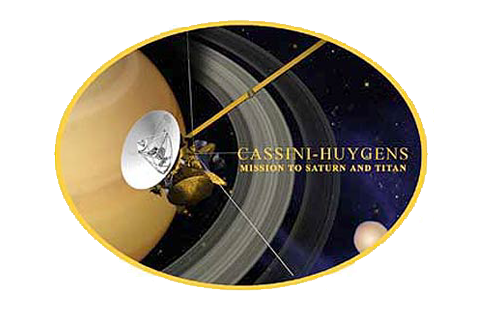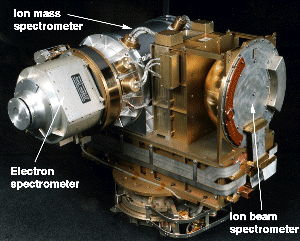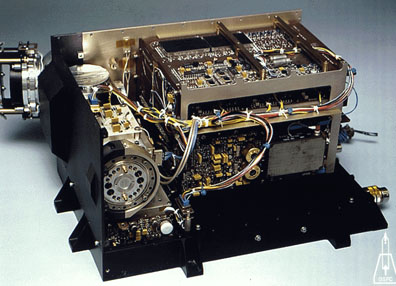CASSINI
The Cassini-Huygens spacecraft became the first satellite to enter Saturn’s orbit and has changed our understanding of magnetospheric dynamics in large rotating planets and discovered wonders like the geologically active satellite Enceladus, which ejects water/ice through vents under its surface. The Cassini mission to Saturn has been actively collecting data since 2004 and still continues to make new discoveries. Cassini will soon be approaching a polar orbit similar to Juno’s around Jupiter, which will provide an unsurpassed comparative study of the two largest planets in our solar system. SwRI has been heavily involved in the study of plasma and neutral atmospheric molecules in the Saturn system with the development and management of the Cassini Plasma Spectrometer (CAPS), the Ion and Neutral Mass Spectrometer (INMS), and the Low-Energy Magnetospheric Measurement System (LEMMS).

CAPS
The Cassini Plasma Spectrometer (CAPS) consists of three plasma sensors, the Electron Spectrometer (ELS), Ion Beam Spectrometer (IBS), and Ion Mass Spectrometer (IMS). The ELS measures electrons in the energy range of 0.7 eV to 30 keV, IBS measures the flux of ions in the energy range of 1 eV to 50 keV, and IMS provides species-resolved measurements of atomic ions as well molecular ions in the energy range of 1 eV to 50 keV. This suite of instruments allows for better understanding of the plasma environment in Saturn’s magnetosphere and around its moons. One focus of interest is the plasma around Saturn’s largest moon, Titan, as well as from the icy moon Enceladus.

INMS
The Ion and Neutral Mass Spectrometer (INMS) is a quadrupole mass spectrometer that can determine the composition and structure of ions and neutral particles in Saturn’s magnetophere, rings, icy moons, and at Titan. INMS is capable of determining the chemical, elemental, and isotopic composition of its surroundings, allowing for exciting views into the Saturnian system and has measured Titan’s upper atmosphere above an altitude of 950 kilometers (590 miles).

LEMMS
LEMMS is the Low-Energy Magnetospheric Measurement System on-board the Cassini mission and measures energetic charged particles and their importance in magnetospheric dynamics. Observations from LEMMS have revealed new and interesting physics pertaining to the transport, source, loss, and acceleration mechanisms present at Saturn. Ten years of data collection have also revealed seasonal change effects, periodicities that are unexplained, and insight into the global dynamics of charged particles.


